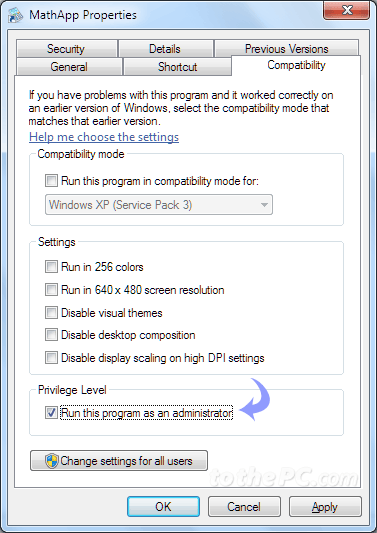
So if you are using your computer and not working with CIS this is what you will see. Wov! A lot of process instances eh? In order to provide a better architecture, less intensive resource usage or fault tolerance we chose this way.Īlthough there are so many instances, by default you will only see 4 processes of CIS running:

Then it is closed when you close it.ĥ.3 - When you open advanced settings, another cis.exe is created.ĥ.4 - when you start a task such as scan, update etc., another instance of cis.exe is createdĥ.5 - When you run virtual kiosk, one cis.exe process is created in kiosk so that you can see alerts form kiosk.ĥ.6 - When you see welcome message, another cis.exe instance is shown IT starts automatically with costray.exeĥ.2 - When you open main UI, another cis.exe is opened that shows you the main ui. 1 instance is always dedicated to realtime scanningĥ - cis.exe: you will see multiple instances of cis.exe while you use CIS.ĥ.1 - one cis.exe instance is dedicated for alerts.

For every scan, a new instance of cavwp.exe is created. Unlike CIS 5.x, scanning is done in cavwp.exe processes now. With kiosk as well apparently.Ĥ - cavwp.exe: Scanner services.

This means that if you are running as a local admin, Task Manager will require you to elevate. Inspecting it with a hex editor, I discovered that its manifest sets requestedExecutionLevel to highestAvailable. What are all different processes in CIS 6?ġ - cistray.exe: This shows the widget and tray icon.Ģ - cmdagent.exe: core security service which orchestrates alerts, scans etc.ģ - cmdservice.exe: Virtual Service control manager of COMODO, started only when an application is run virtulized. Taskmgr.exe (in \Windows\System32) is the program that is run when you call for Task Manager.


 0 kommentar(er)
0 kommentar(er)
